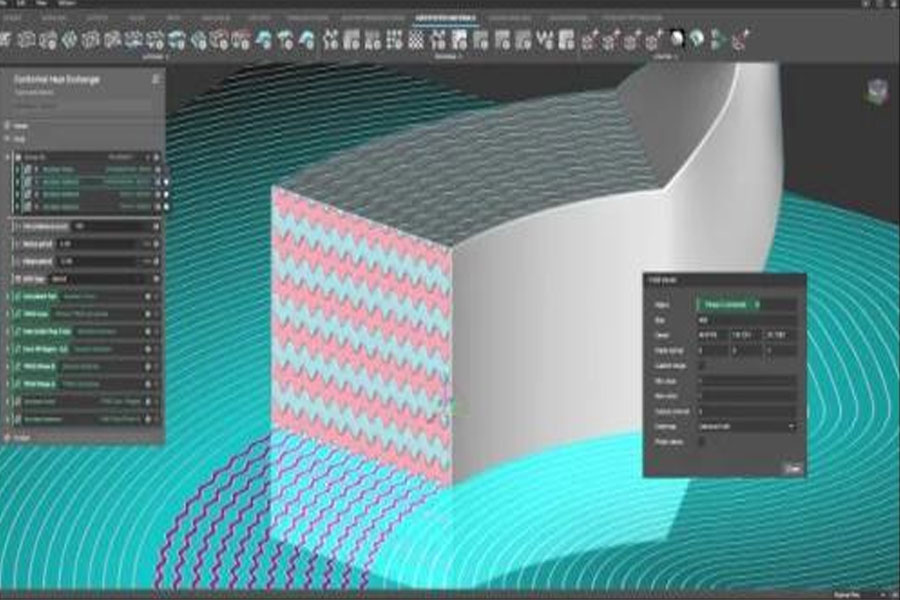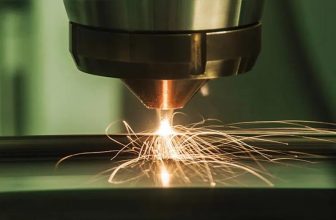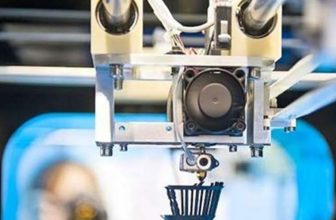
Designers engaged in additive manufacturing design have more or less experienced the following challenges:
The amount of data in the lattice structure is too large, you want to look at it from a different angle, but the software is very lagging; if you want to quickly save the hard-worked lattice model, it happens to crash, and half a day’s work is in vain. ;Each part needs to be designed from scratch, even though the same method is used every time to do the same operation, I will become a tool man; manually fillet every detail feature (such as lattice unit cell) , Until the software and you are tired to collapse; how to write the three-period minimal surface (TPMS) equation? What special skills are needed to draw TPMS in CAD software? …….
Now, the challenges experienced by these additive manufacturing designers can be solved by nTopology, an efficient design platform for additive manufacturing.
What is nTopology?
nTopology is an efficient design platform for additive manufacturing. The platform is preset with a large number of design toolkits commonly used in additive manufacturing. Engineers can establish a workflow by calling several preset toolkits or independently developing customized toolkits. Realize the parametric design of complex geometric structures.
nTopology integrates powerful geometric modeling and simulation analysis functions, and fully considers the process characteristics of additive manufacturing. It can help engineers quickly master the design methods for additive manufacturing, and give full play to the broad freedom of additive manufacturing. The reusable workflow automates the design process and greatly improves design efficiency.
The all-rounder of additive manufacturing design
The nTopology design platform integrates a full set of functions related to the entire process such as additive manufacturing structure design, structural simulation, and printing slicing, including basic modules, additive manufacturing modules, honeycomb/porous material modules, finite element analysis modules, lightweight modules, and topology optimization Module.
nTopology adopts implicit modeling technology, which is a driven design technology based on mathematical functions or implicit models, which enables the design process of nTopology to have high speed and reliability. nTopology has both CAD, CAE and CAM functions, which can quickly realize innovative designs such as generative design, lightweight, and topology optimization, and output product solutions that can be used in additive manufacturing.
Basic modules: including data import and export, implicit model conversion/creation/feature operation, Boolean operation, field creation for driving design, lattice lattice design, etc.;
Additive manufacturing module: setting up the printing platform, adding support, slicing, and lightweight design of shelling and lattice filling;
Honeycomb/porous material module: lattice filling with variable size and thickness, complex surface texture design, rapid generation of honeycomb/porous materials;
Finite element analysis module: linear static, modal, buckling, steady-state thermal analysis, lattice structure homogenization material analysis, and supports finite element model/grid output;
Lightweight module: lattice filling, surface reinforcement design, variable thickness shell design, etc.;
Topology optimization module: Considering manufacturing constraints such as additive overhang angle, automatic geometric smoothing and reconstruction, and automatic lattice design of variable thickness based on the material density distribution of topology optimization.
Three major technical advantages
Compared with most other design software, the nTopology design platform based on implicit modeling technology has three technical advantages:
1. Stable and reliable implicit modeling engine: nTopology design platform is based on implicit modeling technology (a method that uses mathematical functions to characterize the shape and internal characteristics of geometric structures), which makes the design process unparalleled speed and reliability.
The design of complex geometric structures is no longer a challenge: complex lattices and periodic structures can be quickly generated based on the built-in toolkit, Boolean operations with controllable round corners, variable thickness shells, complex perforation patterns, special surface textures, etc. ;
Faster design speed: The generation speed of complex lattice structure is more than 10 times that of other software, and it occupies small memory, which can realize rapid sharing and collaboration;
Excellent robustness: Based on implicit modeling technology, geometric operations in the nTopology platform will never fail. Shelling, Boolean operations, offsets, rounding corners, etc. can be realized, which is very suitable for solving oriented additive manufacturing The complex structure of the problem;
Good engineering data compatibility: other software data formats can be imported into the ntop platform, converted into implicit models, and used to generate new geometric figures; it also supports data export to other CAD, CAM, CAE or PLM systems.
2. Driven design: Driven design provides a reference control method for specifying design features, which can quickly realize structural parameter-driven design based on mathematical formulas, functions, experimental data, finite element analysis results or other data, and generate innovative designs solution.
Pre-verified design results: Unlike other topology optimization conceptual designs that require structural performance verification, the driven design results of the nTopology design platform come directly from basic engineering principles and can be calibrated with pre-verified experimental data;
For multi-physics optimization problems: driven design based on mathematical functions, regardless of geometric structure shape, pressure, temperature, flow and other functions or formulas can be used as driving parameters, so it can achieve multi-objective and multi-physics that other software cannot achieve Complex problems of simultaneous optimization of the field;
Utilize existing engineering knowledge: Driven design can be based not only on the results of finite element analysis, but also on experimental data, manufacturing knowledge and other engineering experience, engineering models, etc., which has unique advantages.
3. Reusable workflow: The workflow of the nTopology design platform can be customized, automated, reusable, and shareable, which greatly improves process efficiency and helps engineers acquire engineering knowledge.
Workflow is fully customizable: The nTopology design platform is equipped with a set of built-in toolkits that can solve most engineering problems. It also supports custom toolkits. These user-defined workflows can be repackaged into custom workflows and used Reuse in other workflows;
Workflow can be reused: usually each workflow has specific input and output. When the input is re-executed in the same way, the nTopology workflow will always produce the same deterministic output; when the input parameters change, it can be reused The workflow has been defined and new solutions are generated.
The application value of nTopology
As an efficient design platform for additive manufacturing, nTopology greatly improves design efficiency for customers, shortens the iterative cycle of product development, improves product performance, and solves the design needs of the entire process of additive manufacturing.
Drag and drop modular tools freely to design, quickly and easily build the design process;
Customize the workflow design, avoid repeating the design process, and greatly improve the design efficiency;
A large number of optional lattice and texture libraries, rapid iteration to achieve product lattice filling and surface texture design;
Quickly build a design driven by functions, experimental data and simulation analysis results to achieve goal-driven design;
Contains functional modules such as model design, lightweight design, simulation analysis, topology optimization, print support design, and model slicing, which can meet the preparation of complex products for additive manufacturing.





